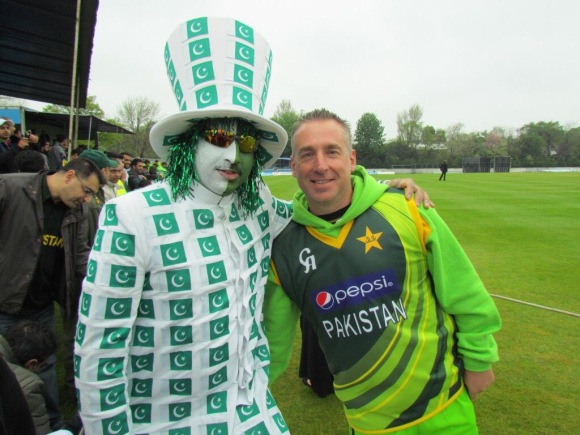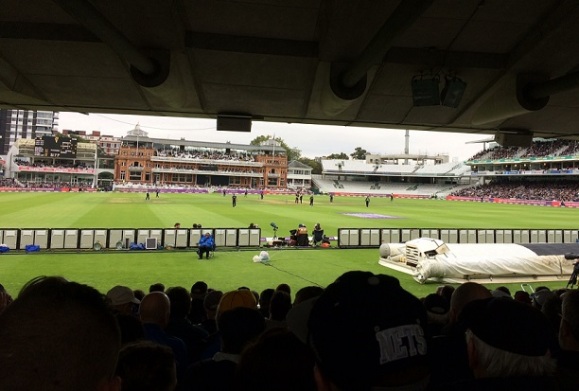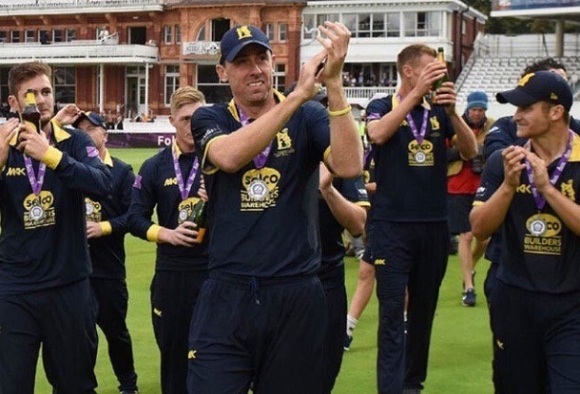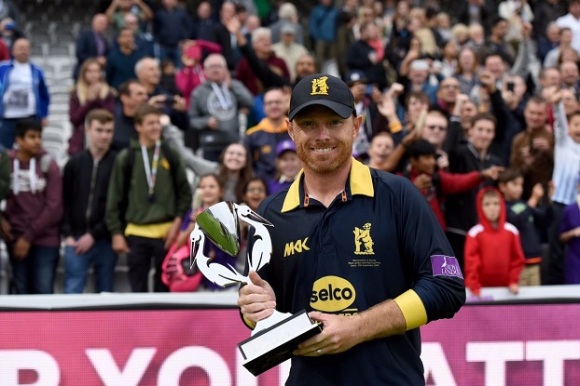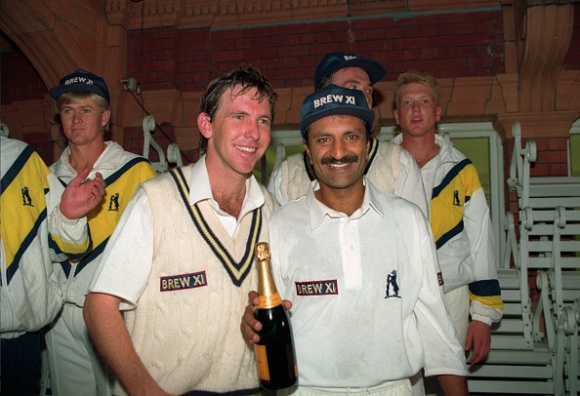By Sam Blackledge
County cricket must move with the times and embrace city-based T20 franchise tournaments, according to an international coach.
Former baseball player Julien Fountain, who has coached top cricket teams around the world in all formats of the game, says administrators should recognise a growing “instant gratification culture” while keeping sight of the appeal of Test matches.
“I think the city-based T20 option is the one that works in most places around the world,” Fountain tells Learning is Fun.
“You only have to look at other sports and the majority of teams are city-based. Spreading the entire tournament across an entire summer and eighteen teams makes it impossible to involve large numbers of foreign international players, which is part of the T20 attraction.
“A one-month condensed tournament suits everybody and is the way forward. County cricket must move with the times.”
The 46-year-old, who played baseball for Great Britain between 1988 and 2002 before moving into cricket coaching with the West Indies, Pakistan and Bangladesh, says the way fans watch the game is changing.
“Cricket has to contend with the same social factors as everything in this era,” he says.
“People have different expectations for their leisure time. Back in the 80s when I was a kid, it was completely OK for boys and men to spend their entire weekends at a local cricket club or watching a professional county fixture.
“Now, the thought of spending an entire day watching cricket draws gasps of amazement from many people.
“This culture of immediate gratification, whilst not being the best attitude, must at least be understood and factored into the enhancement of cricket in all formats.
“T20 is a great platform for introducing people to the game, but the precise nuances and the depth of tactical battles in a Test match should also be marketed.”
Fountain’s specialist area is fielding, an aspect of the game which has changed beyond recognition over the last 20 years.
“All coaches are working towards creating the most athletic and skilful fielding team possible,” he says.
“Practices involve skill execution and often involve stop watches and speed guns. The margin for error is so small that everybody is striving to achieve the fastest and most accurate piece of fielding possible.
“The speed of the ball; the distance of the throw versus the speed of the batter: margins are incredibly tight
“I always tell fielders: ‘If we can make the runners stutter through indecision, it increases the time for skill execution, and consequently increases our chance of success.”
Expectations have changed, Fountain says, to the point where every player is required to be athletic.
“In the 70s and 80s if a fielder dived to stop a ball they were in the minority,” he says.
“Now it is considered the norm. Having players that simply cannot field at all has become virtually non-existent, as captains and coaches have realised each run saved in the short format is vital and errors can be very costly as the game reaches a conclusion.”
Fountain believes that while crowds love to see sixes raining down into the stands, the balance between bat and ball has shifted too far.
“I hope the powers that be start to take the bowlers into account when they think about game improvements, as there currently seems to be a batter-friendly attitude,” he says.
“Fans want action, but it must come from both batters and bowlers. Bowlers are not merely glorified bowling machines and should be treated fairly by legislators.”
He warns against the assumption that successful cricketers will go on to achieve great things as coaches.
“Having played cricket at a high level can help a coach, but it can also hinder them,” he says.
“Many coaches today are awarded their positions because they have played the game at a high level. Which is great because they bring with them some first hand experience of competition.
“But you should consider that their career has been spent looking after themselves and not worrying about how other players do things.
“Good coaches are able to enhance the performance of a cross-section of players with varied abilities. It is not about simply ‘Do it my way’, because their way may not be appropriate for some players.”

